Cookies help us deliver the best experience on our website. By clicking Accept you are agreeing to the placement and use of cookies as described in our privacy policy.
What is Hydroponics?
How it Works, and its Advantages
Table of Contents

What Is Hydroponic Gardening?
What is a Hydroponic System?
In many cases, hydroponics is better than using soil. Multiple systems can be used for hydroponic gardening, such as trays or beds, troughs, pipes, or different materials like sand or stone. The best method for you depends on a few things like what you’re trying to grow, space requirements, growing time, and the cost of the plants and materials.
How Does a Hydroponic System Work?
The Basic Components of a Hydroponic System
Specifics can vary, but the core components of any hydroponic system include:
- Chamber or tray to hold the plants
- A reservoir to store the water and nutrient solution
- Submersible pumps
- Delivery tubes like drip emitters or sprayers
- Air pumps or aerators
- Grow lights
Types of Hydroponic Systems
Vertical Hydroponic System
Net pots (or cups) hold the plants at angles between forty-five and ninety degrees (depending on the specific vertical hydroponic system you use.) A pump pushes water to the top of the system from a reservoir, and gravity does most of the work to finish the job.
Though a bit more tedious to build DIY and maintain, this is an innovative gardening system for when space is limited. AI-powered systems like Gardyn bring all the benefits and joy of vertical methods but without the drawbacks and limitations of DIY.
Deep Water Culture Hydroponic System
Continuous Flow Hydroponic System
What Can Be Grown in Hydroponics?
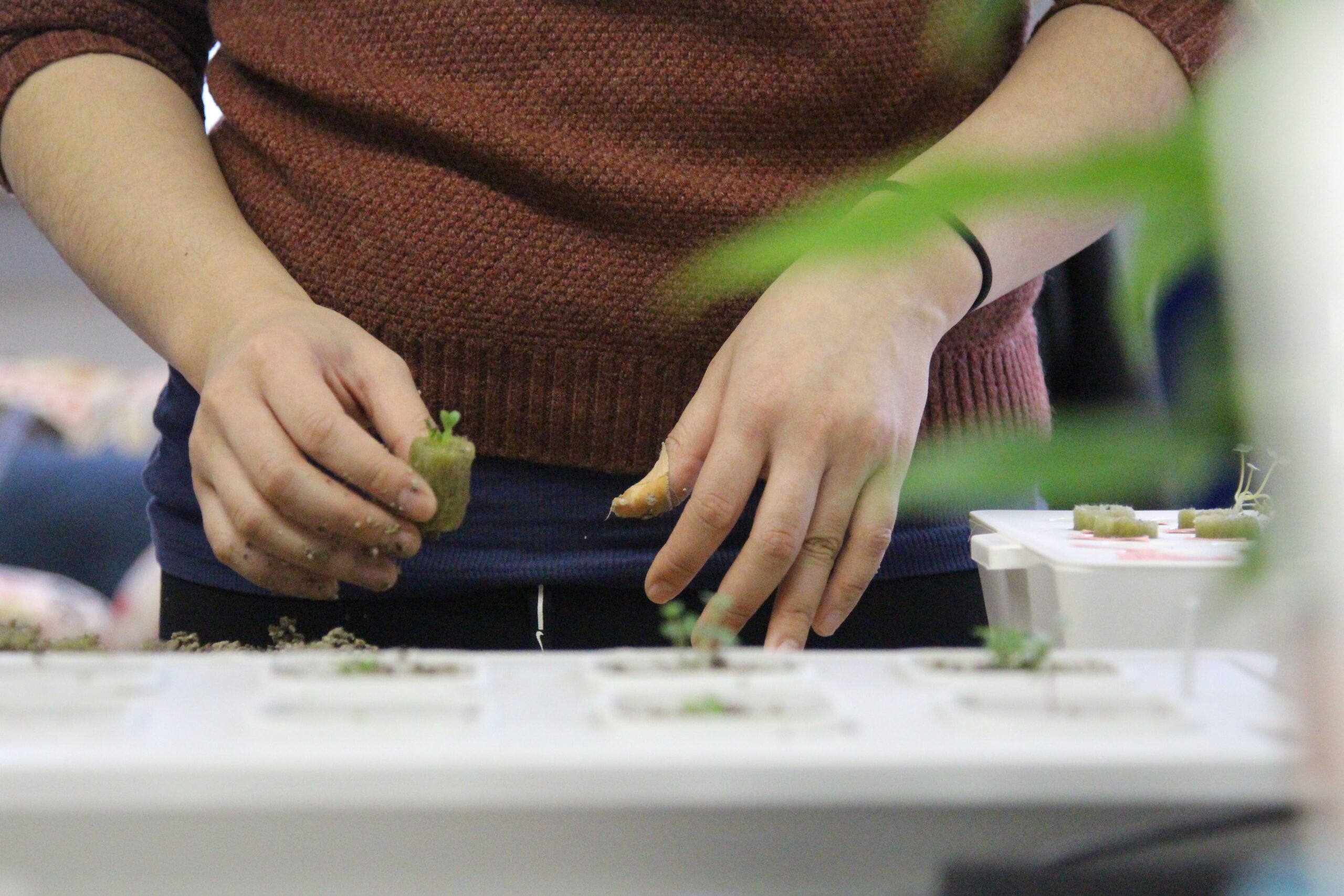
Hydroponic Herbs
Growing herbs hydroponically is relatively easy and efficient, but it does require maintenance. You’ll want to ensure plenty of sunlight and fresh air circulating near the system, which you should be cleaning regularly. You’ll also need to check that pH levels stay between six and seven.
- Basil
- Thyme
- Mint
- Cilantro
- Sage
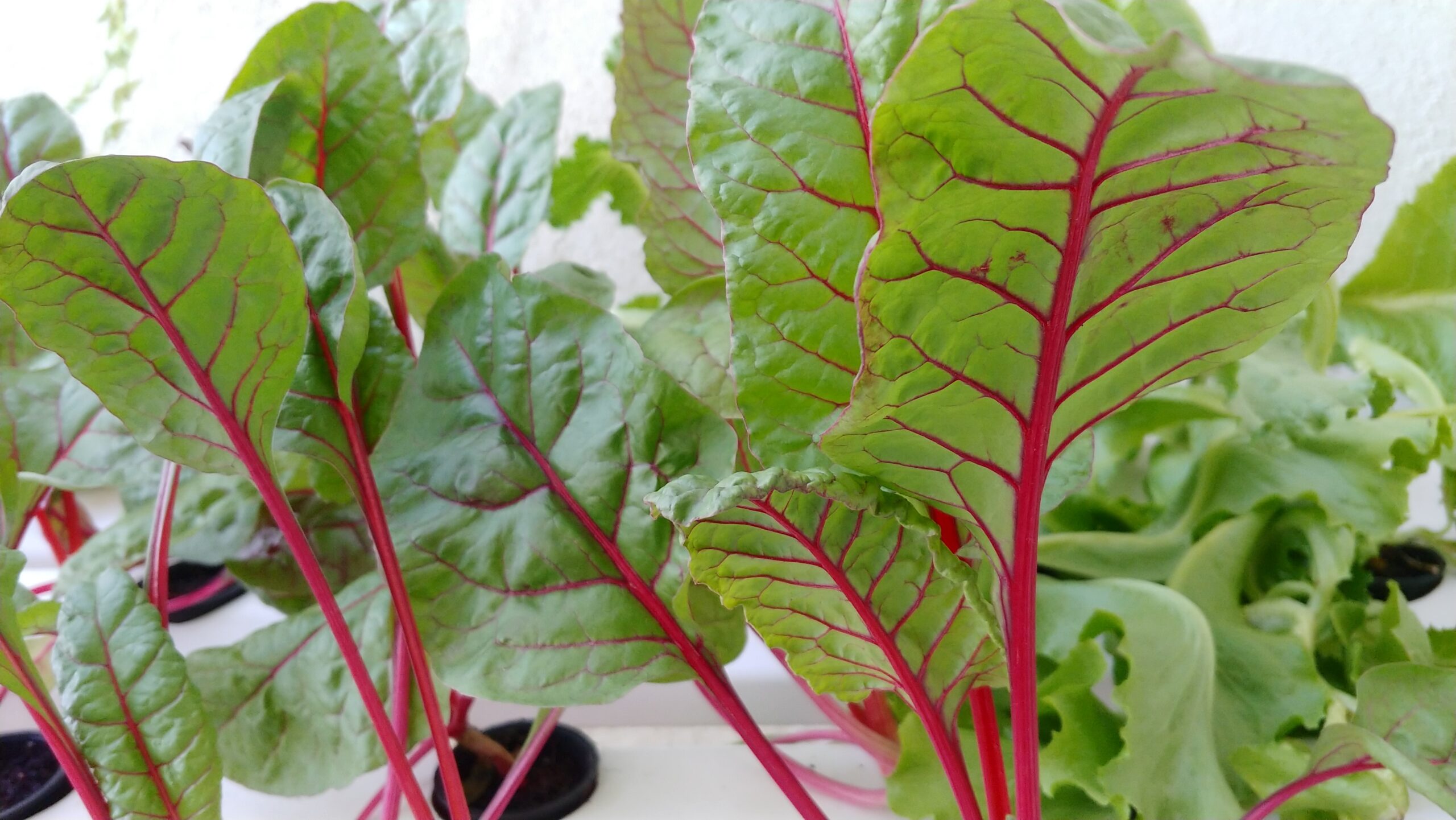
Hydroponic Vegetables
Growing hydroponic vegetables can be an excellent option for beginner gardeners. Once set up correctly, the vegetables can proliferate. In addition, they are relatively low maintenance to grow this way as long as there is plenty of light and well-maintained levels of humidity and room temperature. One example is an ebb and flow system that works best for growing root vegetables in water.
- Lettuce
- Celery
- Tomatoes
- Bell Peppers
- Cucumbers
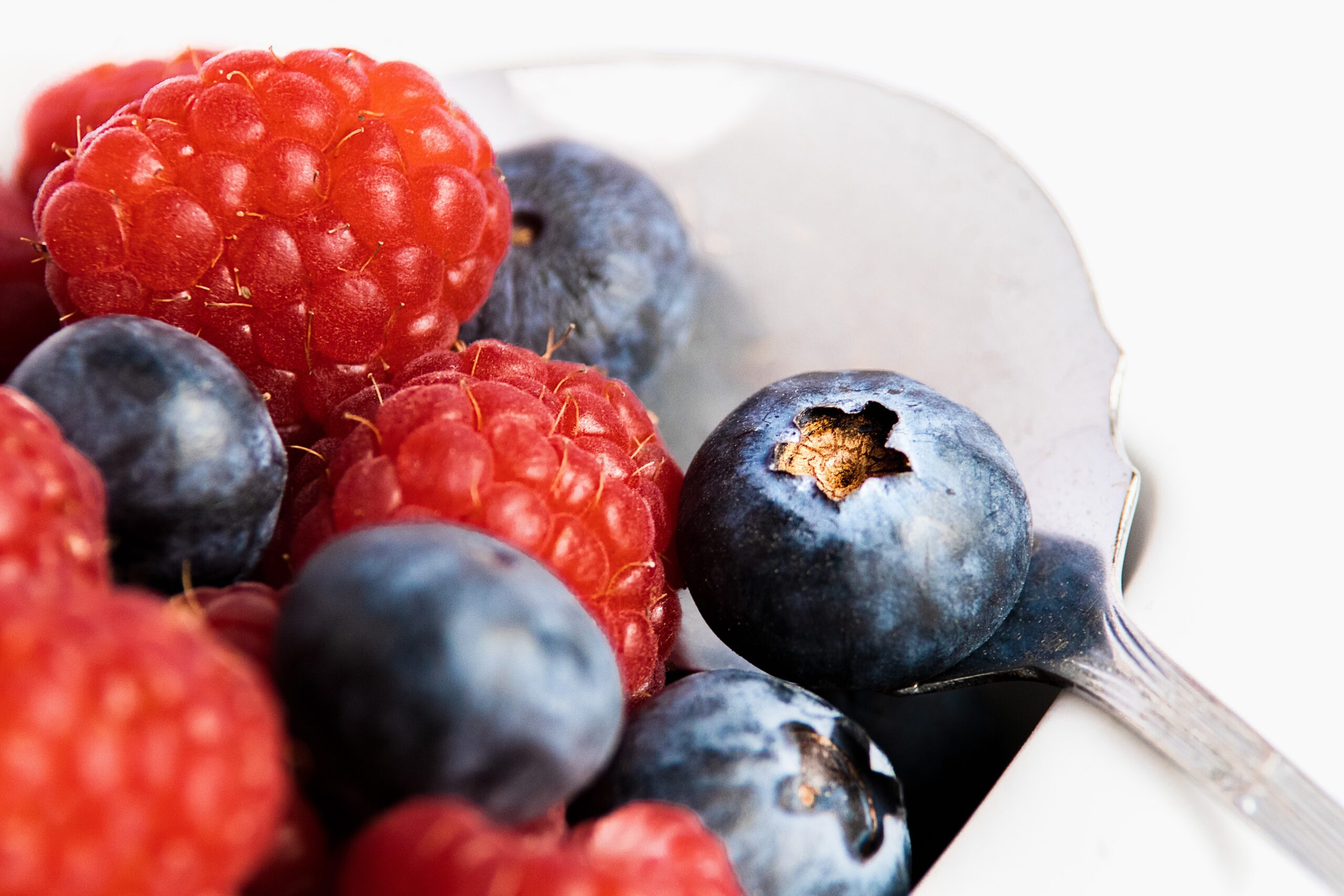
Hydroponic Fruits
Growing hydroponic fruits may seem intimidating at first. But, in reality, many advantages make it easy to do, like the flexibility in monitoring and controlling the environment. Fruits that grow best in wet environments are wise choices for hydroponic gardening. Also, picky fruits that require more attention can be easier to grow in this environment because of how easy it can be to manage temperature, pH levels, air circulation, or humidity.
- Melons
- Strawberries
- Blueberries
- Raspberries
- Cranberries
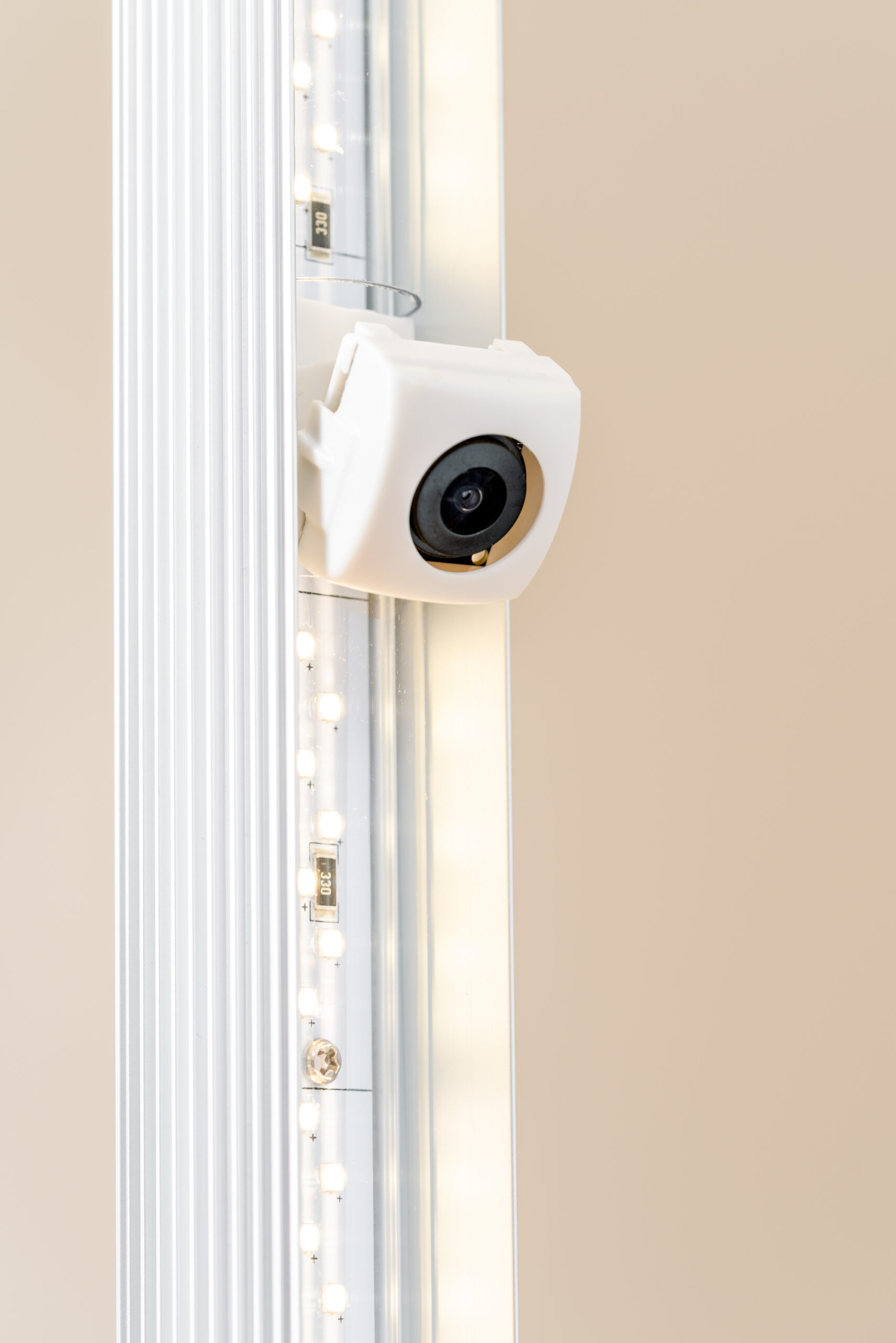
Hydroponic Houseplants
Houseplant hydroponics is an excellent option if you love plants but tend to over or under-water them and are limited on space. You’re likely already familiar with hydro-gardening if you’ve ever cut and propagated a houseplant into another vase.
- Peace Lily
- Devil’s Ivy
- English Ivy
- Spider Plant
- Money Tree
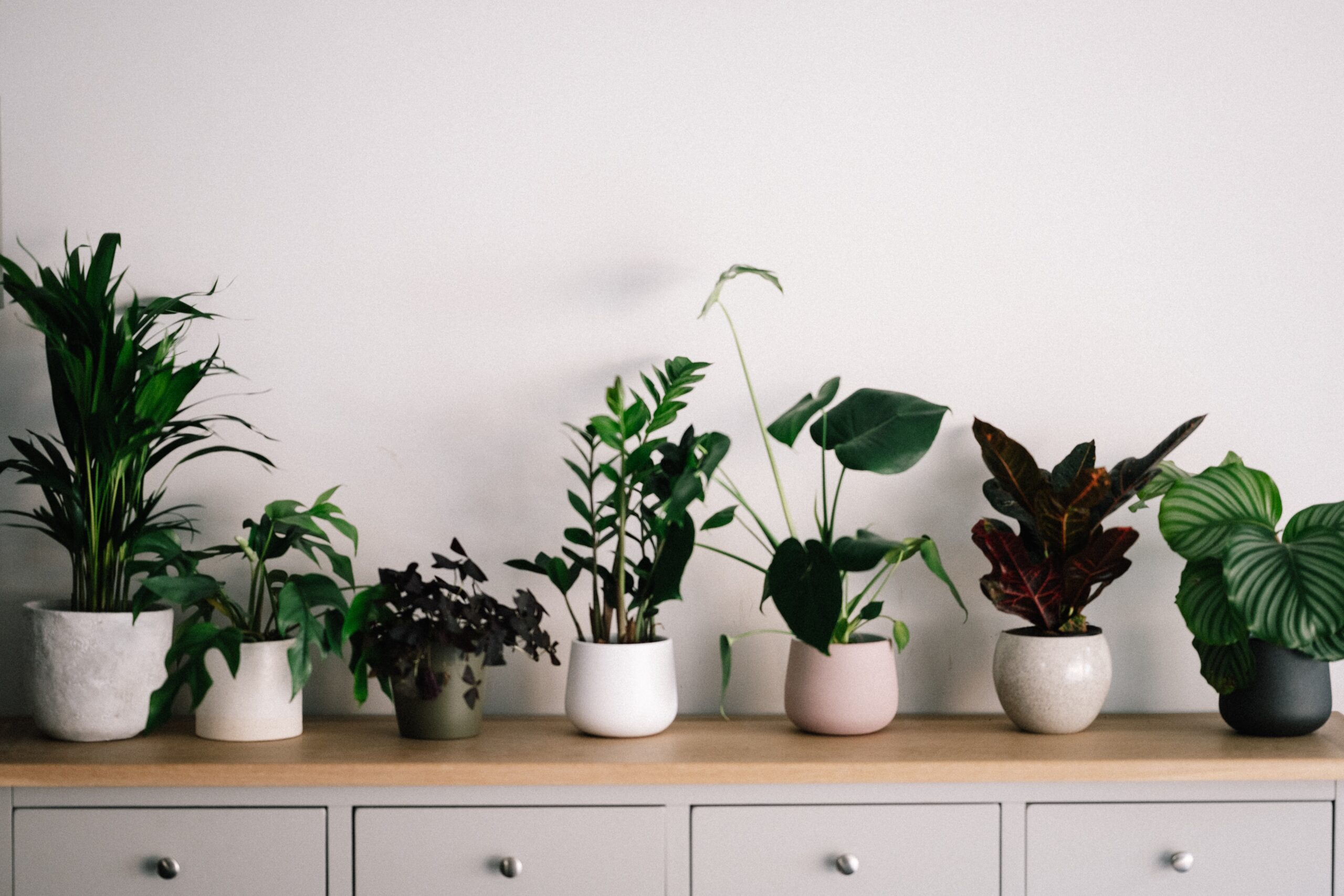
Hydroponic Flowers
Growing hydroponic flowers indoors is one of the best sustainable hydroponic systems you can bring into your home. Looking to brighten your space? Growing flowers this way can elevate any room and might be especially rewarding if you live somewhere with dreary, cold winters.
- Philodendron
- Geranium
- Orchids
- Hyacinth
- Daffodils
Is Hydroponics Better Than Soil?
Do Hydroponic Plants Grow Faster?
How fast do plants grow in hydroponics?
Depending on what you’re choosing to grow, it has been noted that plants can grow thirty to fifty percent faster than in soil. They can also grow twenty to thirty percent larger and flourish. Over or under-watering risks are reduced because there’s a direct line to nutrients. You can more easily control the more vital factors to help your garden grow.
Why Hydroponics Is Good: Key Benefits and Advantages
Still, it can be more time-consuming and costly to initially create from scratch without a smart system like Gardyn. Nevertheless, a hydroponic gardening system is a perfect solution for most people to grow the plants, flowers, fruits, and vegetables they love.
Maximize Space
Water Conservation
Less Labor
Predictability
How To Grow a Hydroponic Garden At Home
- Lighting: Sometimes natural sunlight isn’t enough, and grow lights may be necessary. Depending on what you’re growing, you’ll need to investigate the strength and size required for your specific garden.
- Grow Medium or Substrate: Though you’re not using soil in a hydroponic garden, some roots still need support that soil can provide. Mediums or substrates offer that support and can help hold water and nutrients for growth. Different grow mediums include clay pebbles, sand, peat moss, coconut fiber, pea gravel, and rock wool.
- Nutrients: Aside from CO2, micro and macronutrients are critical to helping gardens flourish. Typical soil fertilizers won’t contain all the nutrients you need in a hydroponic environment. Look for special pre-mixes that include nutrients like nitrogen, potassium, calcium, phosphorus, zinc, molybdate, boron, sulfur, or magnesium.
Kitchen Hydroponics
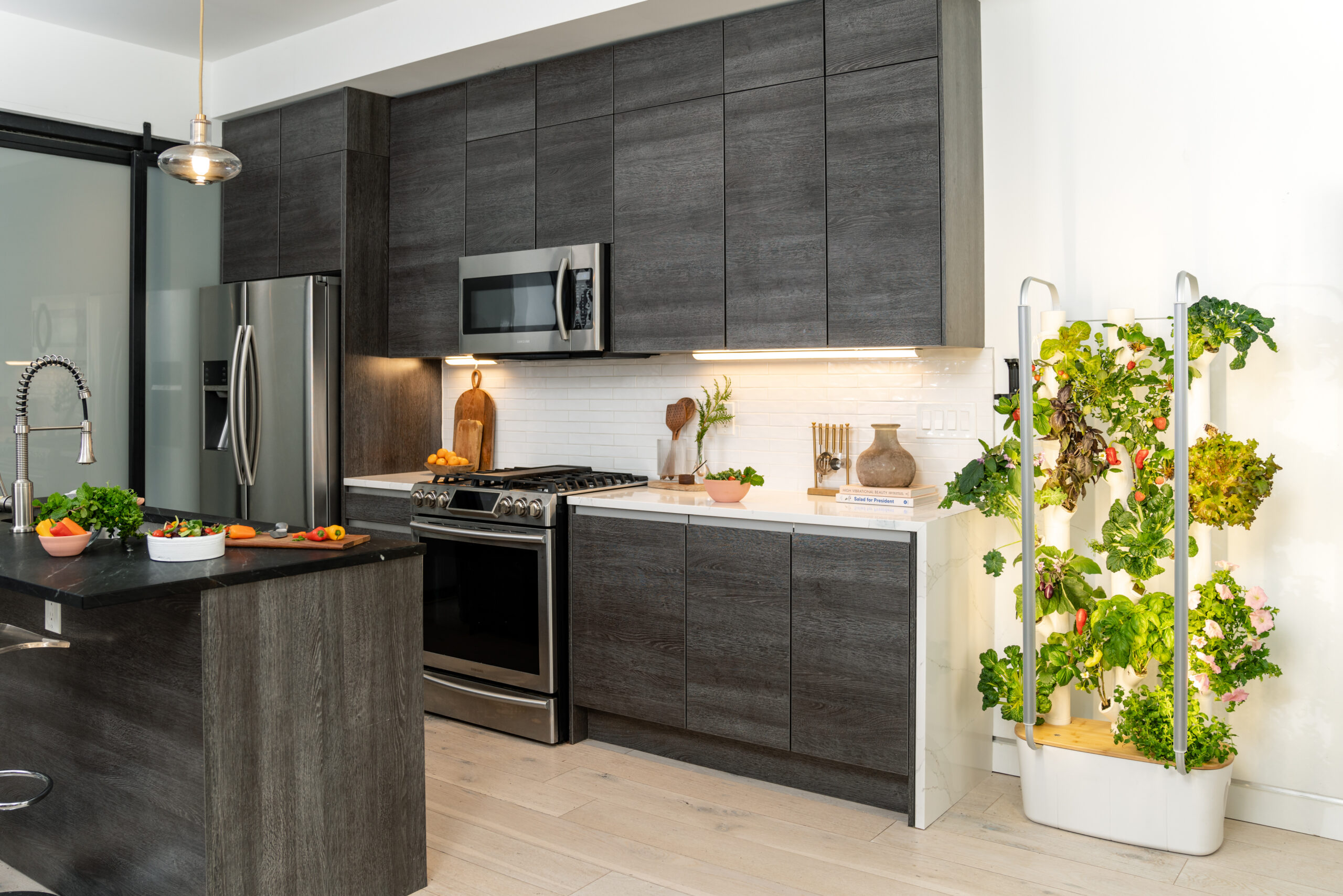
Basement Hydroponics
Tips for Hydroponics Without Sunlight
Hydroponics without sunlight is possible and can yield substantial results if you’re willing to do the work. The critical ingredients of photosynthesis for plants to grow are carbon dioxide, water, and light. The amount of each ingredient will vary depending on what you’re growing, but light plays a critical role in the overall health of your garden. As long as you understand the amount of light needed for your garden, you will be able to keep your indoor garden systems running smoothly.
Get Started With Small Scale Hydroponic Gardening
With Gardyn, start your small-scale hydroponic garden with ease.
Choose the Gardyn Home Kit 1.0 to get up and running with 30 of the most popular leafy greens, herbs, and fruiting plants. If you’re looking to tailor your home garden, the Gardyn Home Kit 2.0 lets you choose from a variety of starter packs. Get the seeds, tools, and guides necessary delivered to your door so you can get up and growing.
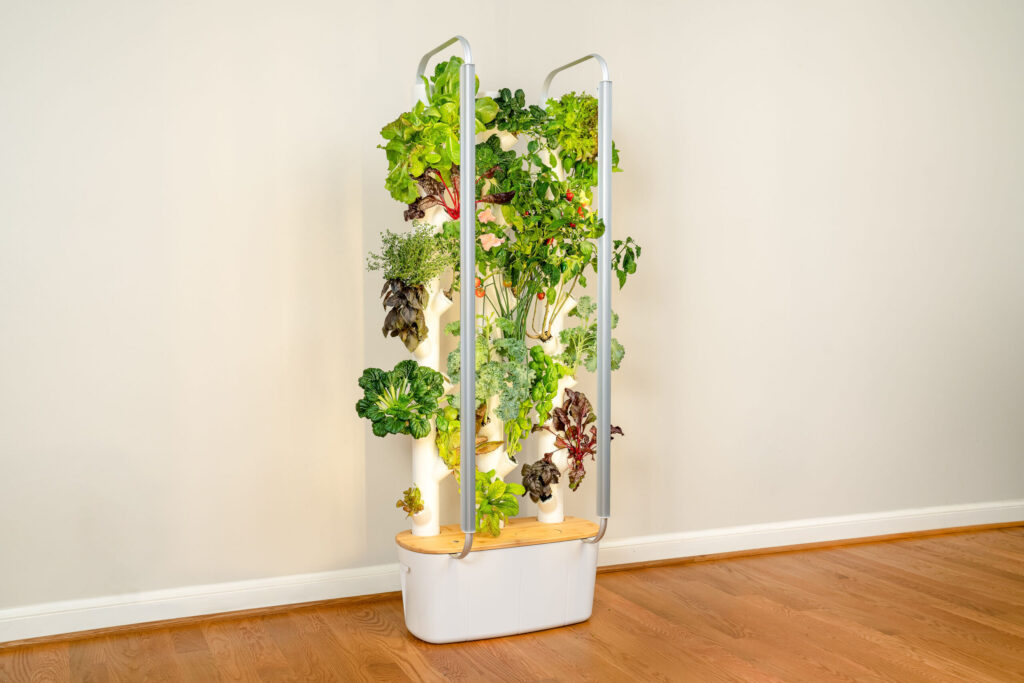
It's never been easier to get growing
Risk-free 60 day trial
No products in the cart.